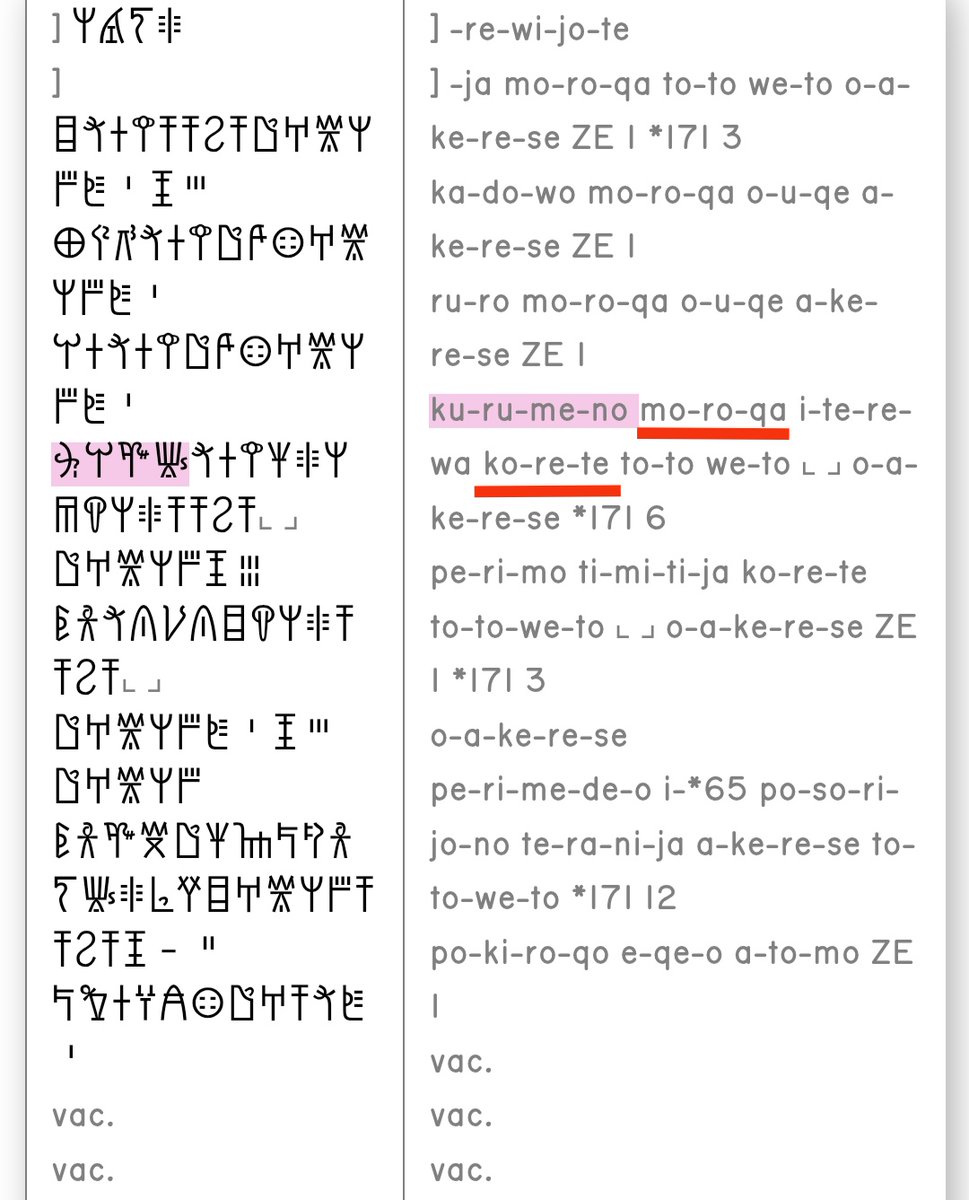1/ When we refer to the term Minoan Thalassocracy, the words of Thucydides come to mind:
"And the first person known to us by tradition as having established a navy is Minos. He made himself master of what is now called the Hellenic sea, and ruled over the Cyclades, 👉
"And the first person known to us by tradition as having established a navy is Minos. He made himself master of what is now called the Hellenic sea, and ruled over the Cyclades, 👉

👉 into most of which he sent the first colonies, expelling the Carians and appointing his own sons governors; and thus did his best to put down piracy in those waters, a necessary step to secure the revenues for his own use."
Thucydides, The Peloponnesian War. 1.4
Thucydides, The Peloponnesian War. 1.4

2/ Although his narrative is quite pompous in terms of Minoan dominance in the Aegean, it seems to hide some real historical context which is coming to be clarified by archaeological research, assessing the Minoan presence on various islands and coastal areas of the Aegean. 

3/ The conclusions are varied and identify a complex Minoan presence. At firstly we are dealing with a strong Minoan cultural prestige appearing as early as the beginnings of the First Palatial Period, 👉 

👉 which influenced the rest of the Aegean through its refined products and ideas that were traded by a powerful Minoan merchant fleet to every part of the Archipelago and even further afield. 

4/ In this way, the local elites of the Aegean begin to be influenced, some more and some less, with Minoan cultural characteristics, such as the Cretan architecture, iconography, burial and cult practices, writing, the system of weights and measures, etc, 👉 

👉 mimicking cultural patterns and creating very close similarities. The establishment of close mutual relations between Minoan Crete and the local elites of the Aegean played an important role in this process. 

5/ The local Aegean elites using the recognized high-level Minoan cultural innovations sought to enhance their own political and social status by improving the quality of their own prestige symbols and renewing their repertoire, be it objects or new ideas. 

6/ The whole process of Minoanization also included, in the course of time, the establishment of Minoans in these areas, whether it be trading posts or a more complex permanent presence. 👉 

👉 So we are dealing with Minoan colonies ruled directly from Crete, either Minoan colonies in pristine locations or others where the local population had been exterminated. 

7/ In the first case, the strong Minoan economic-cultural penetration in a site, led to the attraction of Minoan settlers, its almost complete Minoanization and finally the imposition of a Minoan administration tolerated by the local population, as it ensured stability and 👉 

👉 participation in a wide political - trade empire, bringing wealth and a high standard of living for the locals. The establishment of a military garrison was imperative to guarantee the stability of the new status quo and the protection of the Minoan governor and his officials. 

8/ Above all, however, it ensured the Minoan strategic interests, because the specific Minoan colonies were deliberately established in crucial geographical areas, where important maritime trade routes passed, mainly to secure raw materials, 👉 

👉 while another criterion could be the achievement of strategic depth for the easier assurance of the security of the coasts of Crete. Such cases could be Thera, Melos and Keos. 

9/ The case of Miletus (and probably Samothrace as well) belongs to this category, with the sure existence of a Minoan administration and a strong military garrison, 👉 

👉 however it is observed that the great majority of the local Anatolian population continued to live according to their customs and the its material culture does not undergo significant changes. 

10/ In the second case, the Minoan colonies had an exclusively commercial character, established by force of arms and probably under the pressure of unforeseen circumstances, such as the control of some demographic increase. 👉 

👉 They had a small area and their main purpose was to be advanced trading posts for the exchange of products, with their inhabitants maintaining a high cultural index of homogeneity with the homeland. 👉 

👉 Such cases are Rhodes and Kos, as well as Kythera with the difference that the latter seems to have also been an important border outpost opposite the southern coast of the Peloponnese. 

11/The Minoans,acting on the basis of a far-reaching plan and in one way or another,promoted the Minoan culture throughout the Archipelago and through this their strategic interests, becoming the absolute political, economic and military power in the Aegean above since 500 years. 

• • •
Missing some Tweet in this thread? You can try to
force a refresh
























